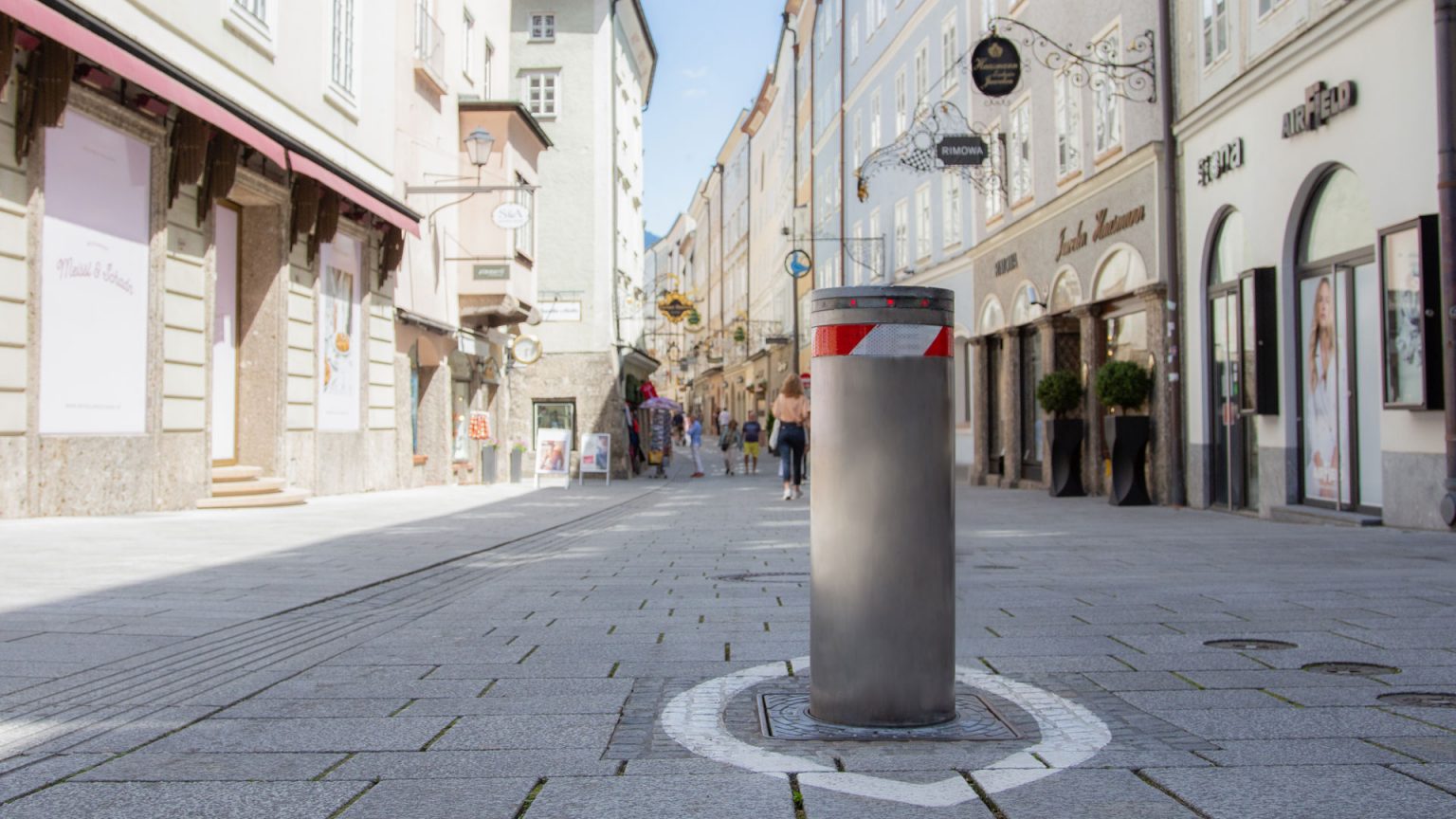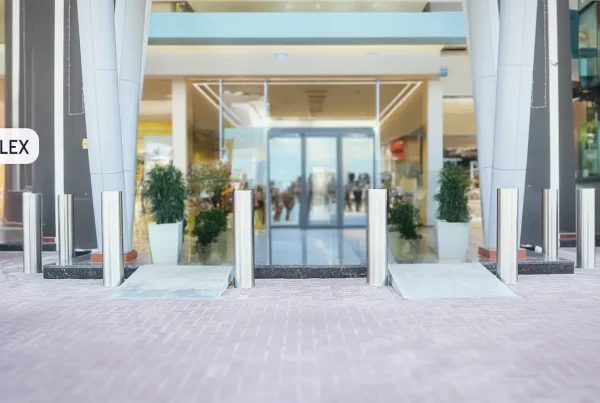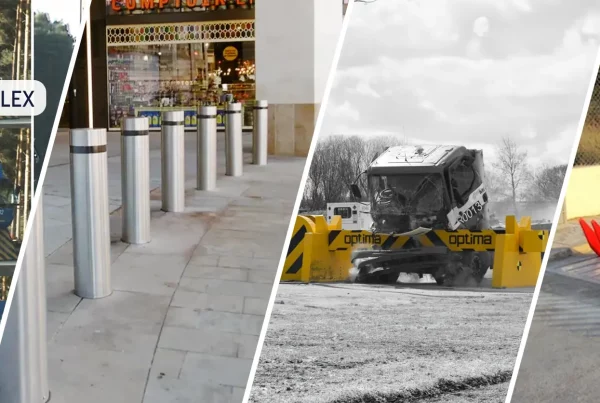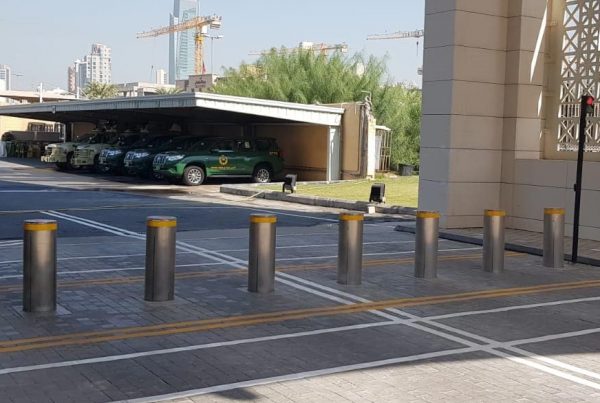Bollards are used to ensure the safety and security of both pedestrians and vehicles. They streamline traffic and separate areas meant for different frequencies of traffic. Bollards are installed for different purposes, depending on the requirement of the facility. In most cases, decorative bollards are installed in parks to demarcate people movement and safeguard flora from damage, meanwhile, facilities like embassies and military bases have high security, anti-ram bollards that prohibit access to any vehicles beyond a restricted point.
While the main reason for installing a bollard remains that it provides safety for both facilities and people, they come with very different features, deterrence and build. Here is a detailed blog on types bollards categorised depending on their use, operation and build.

Levels of impact resistance of a bollard
In addition to their use and operation, the bollards are categorised according to their resistance to impact. The flexible polyurethane bollards are flexible and bend and pop back in if a vehicle hits without any damage to the vehicle. However, they offer no stopping power to an impacting vehicle. Meanwhile, security-bollards provide resistance to stop a lorry colliding with up to 50mph speed.

Bollard Types by Application
Traffic Bollards
They are used to guide traffic towards appropriate areas while clearing access for pedestrians. They act both as demarcation and barriers in public places, traffic junctions or historical and government buildings.
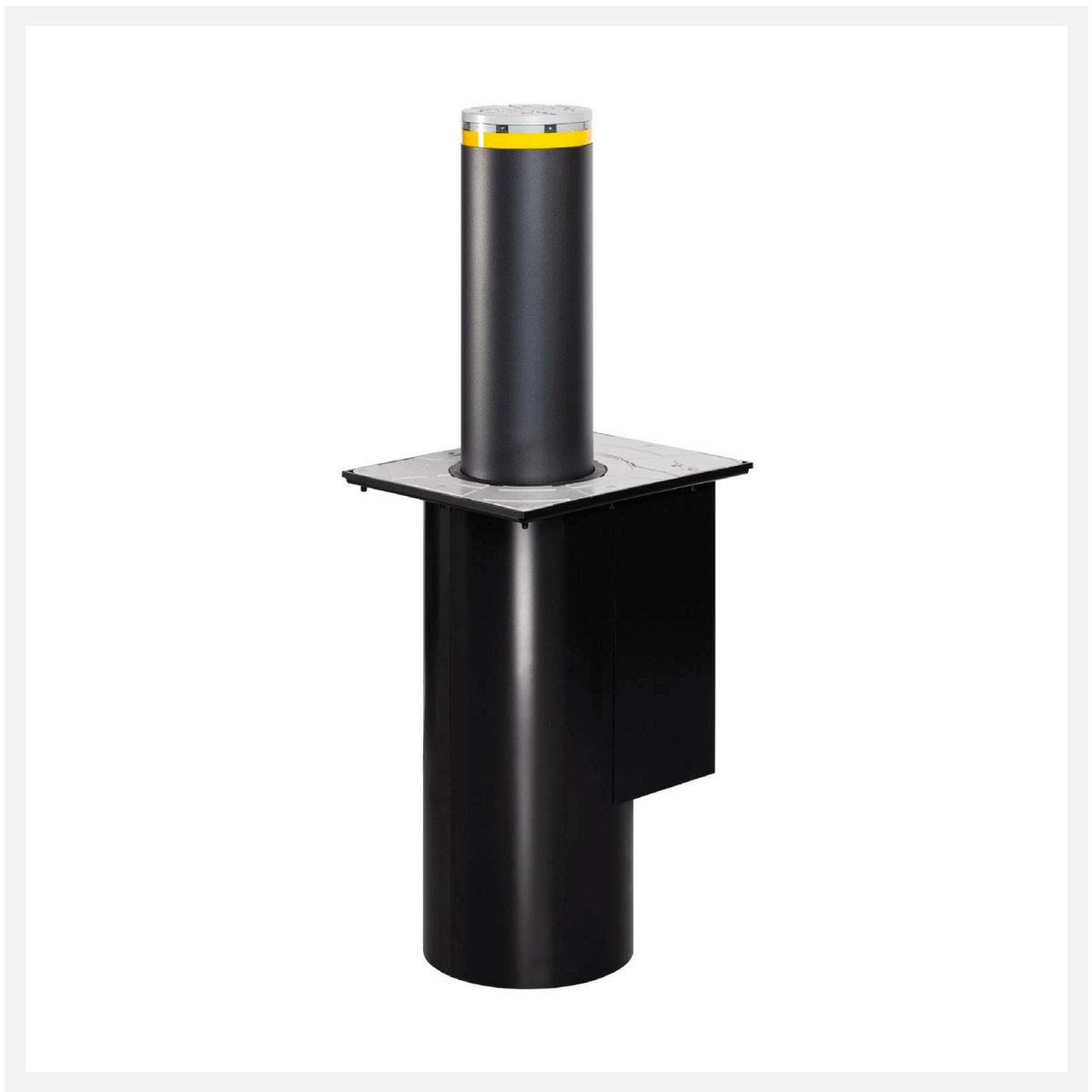
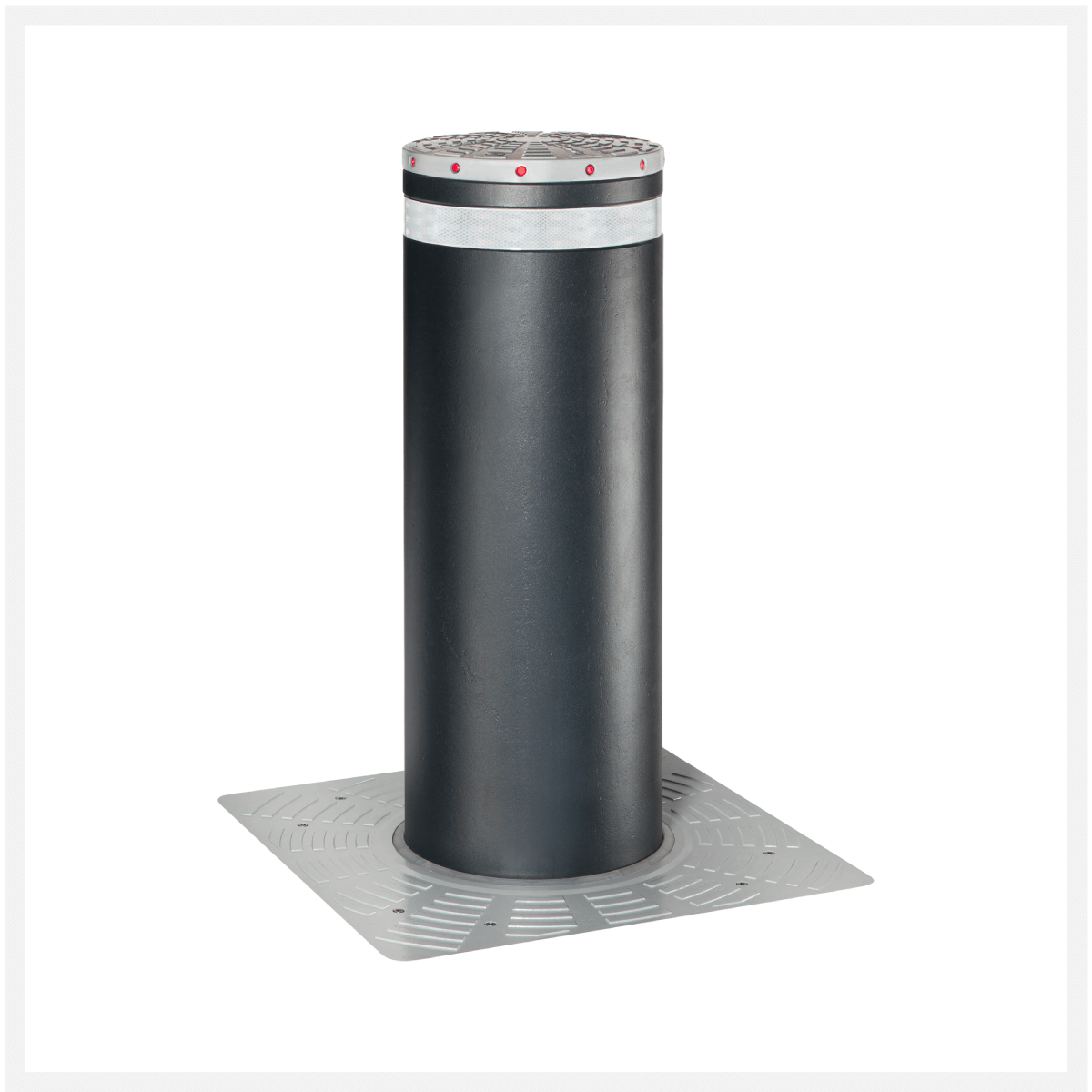
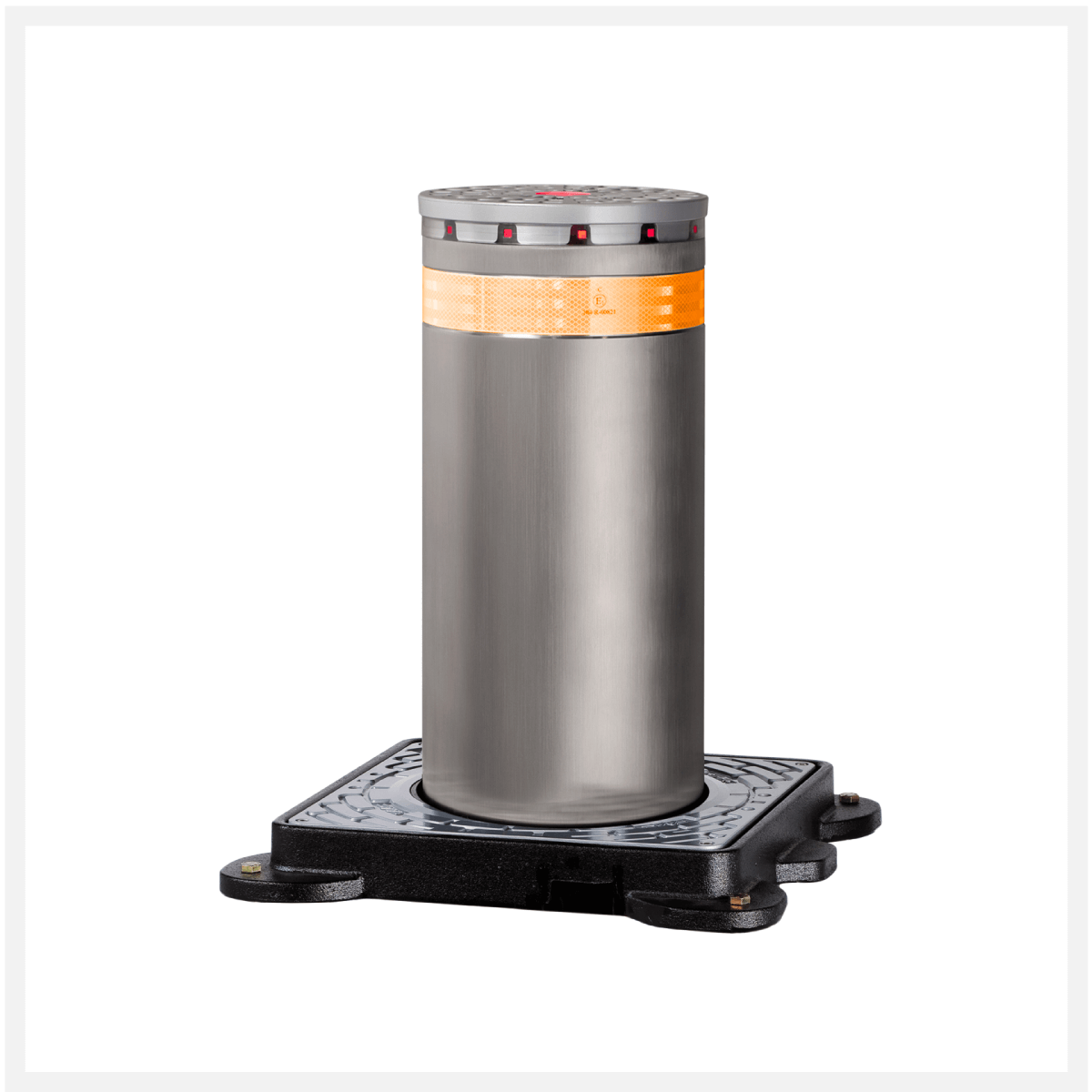
Pedestrian Bollards
Decorative bollards are used in many public places like parks and footpaths etc. These aesthetic bollards are also installed to mark the perimeter of buildings. Pedestrian bollards also come with illumination and reflector to manage pathways at night.
Security Bollards
Installed for managing both pedestrian and vehicle traffic, these bollards also provide security to facilities by resisting vehicle impact. Most security bollards are made of steel and installed on a concrete base or foundation plate. Security bollards are further categorised depending on their operation as fixed, semi-automatic, and automatic bollards.
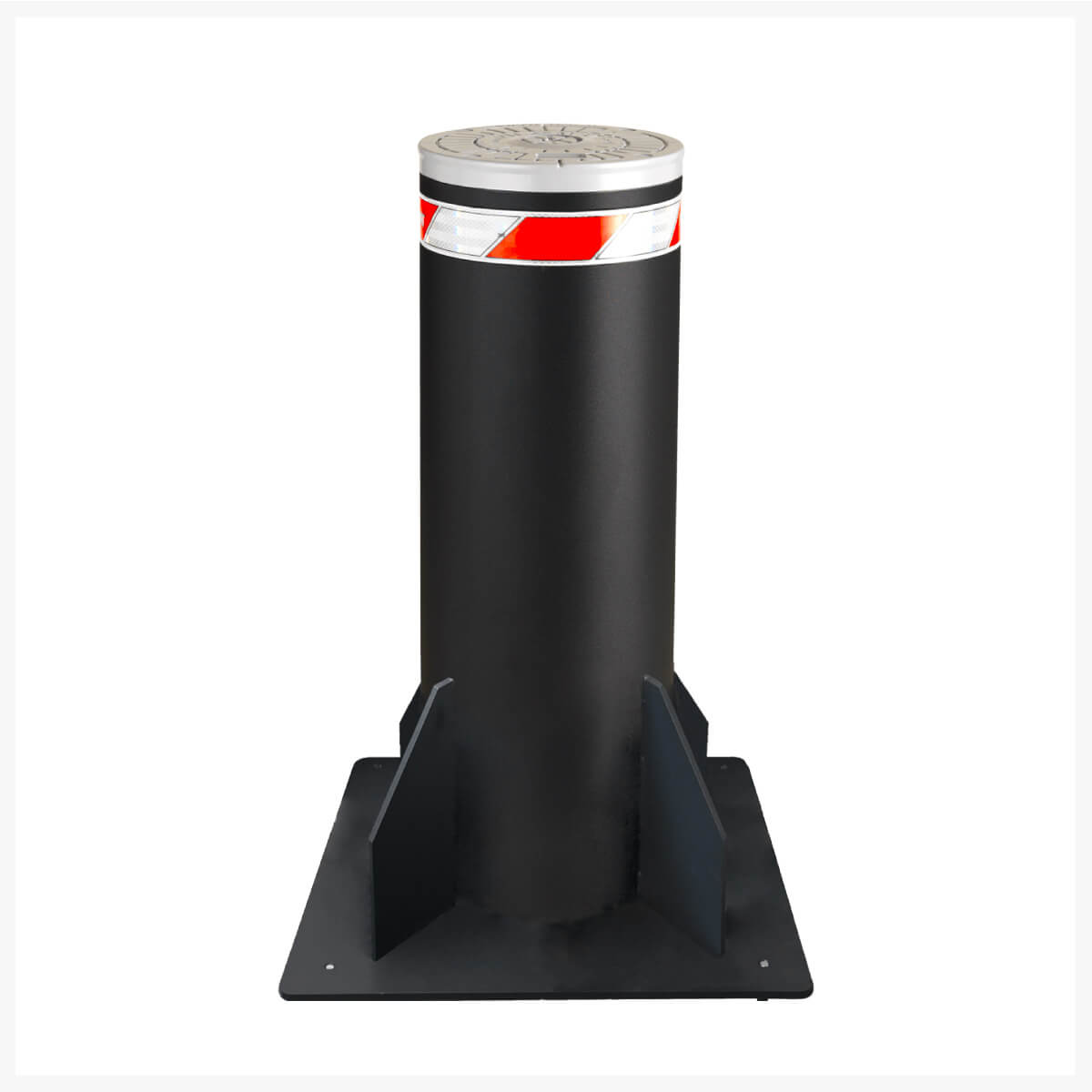
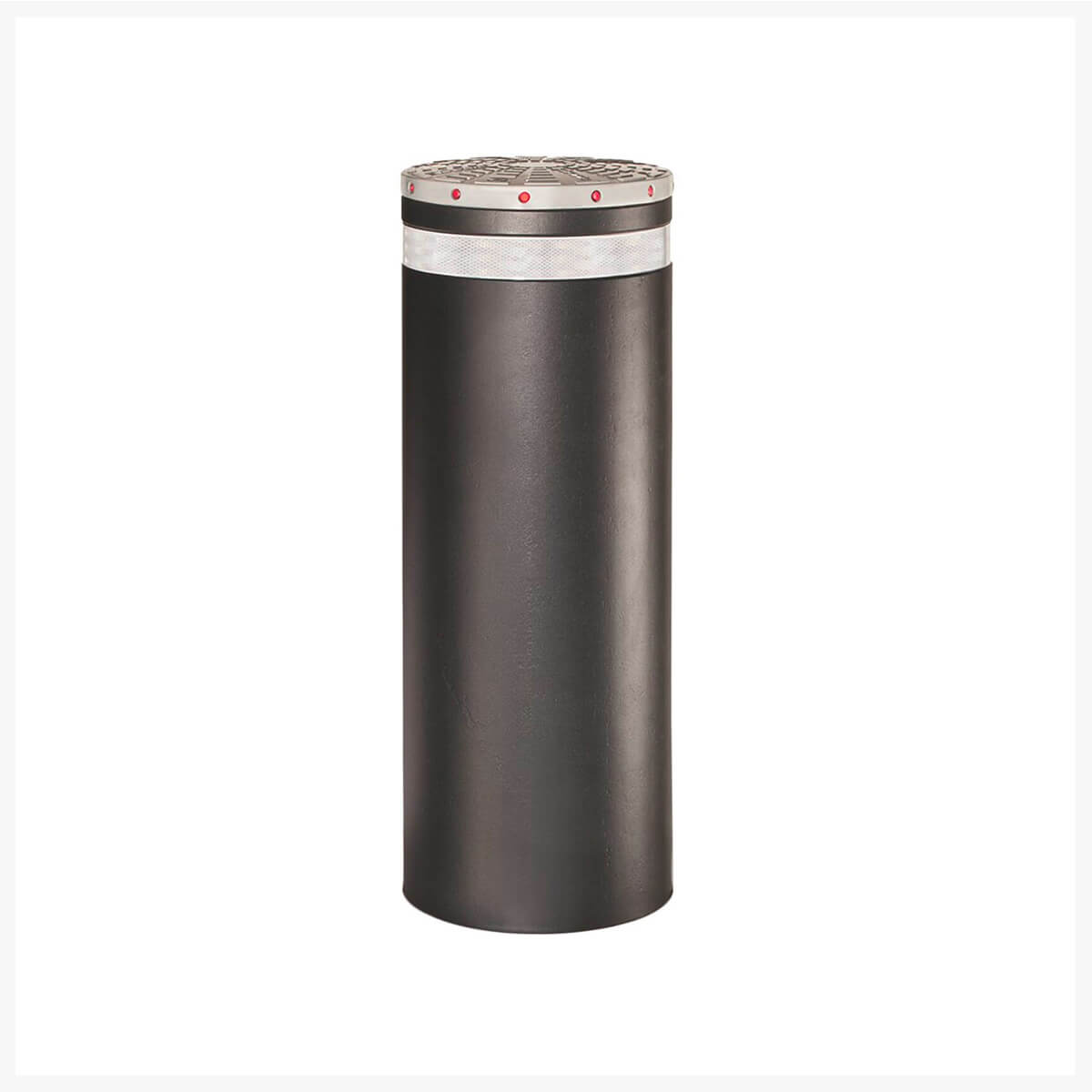

Anti-ram Bollards
Anti-ram bollards are high-security bollards usually installed at military and governmental facilities and provide deterrence to a heavy vehicle crash. A few manufacturers also provide anti-ram bollards that can deter military vehicles as an anti-terrorism feature. Crash-ratings are the result of the testing and guarantee the bollard will stop cars of certain sizes in a specified distance. The common ratings include M rating and K rating.
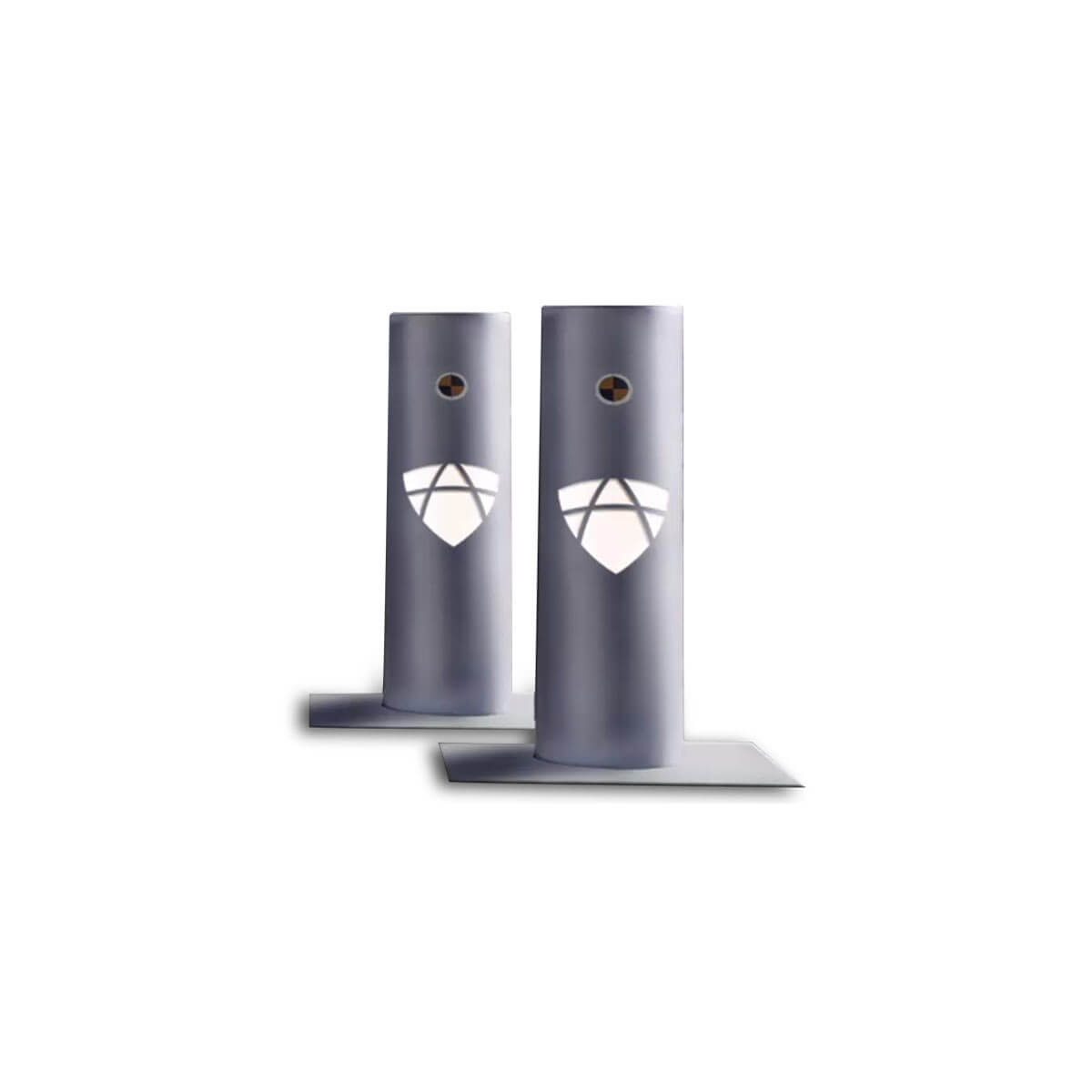
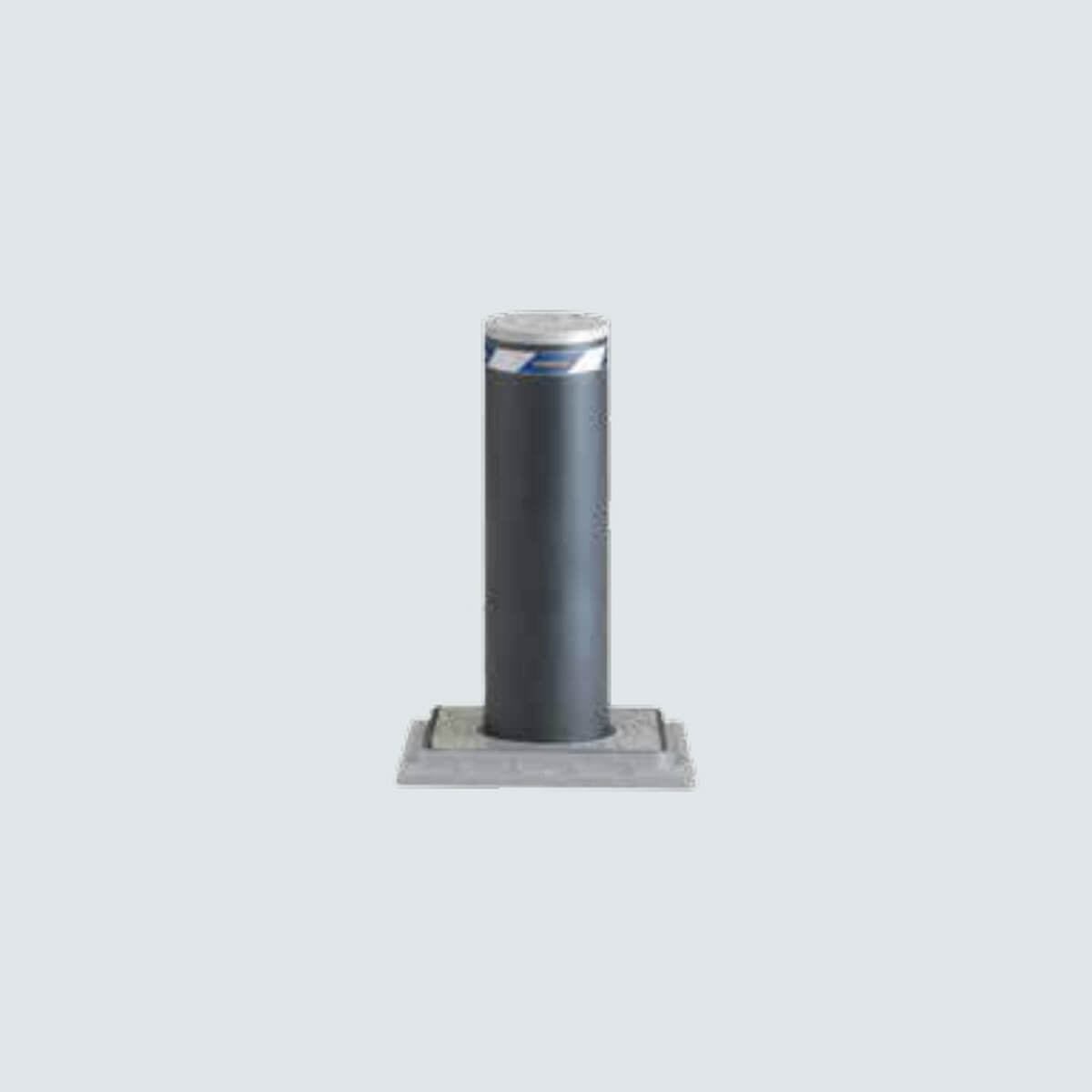

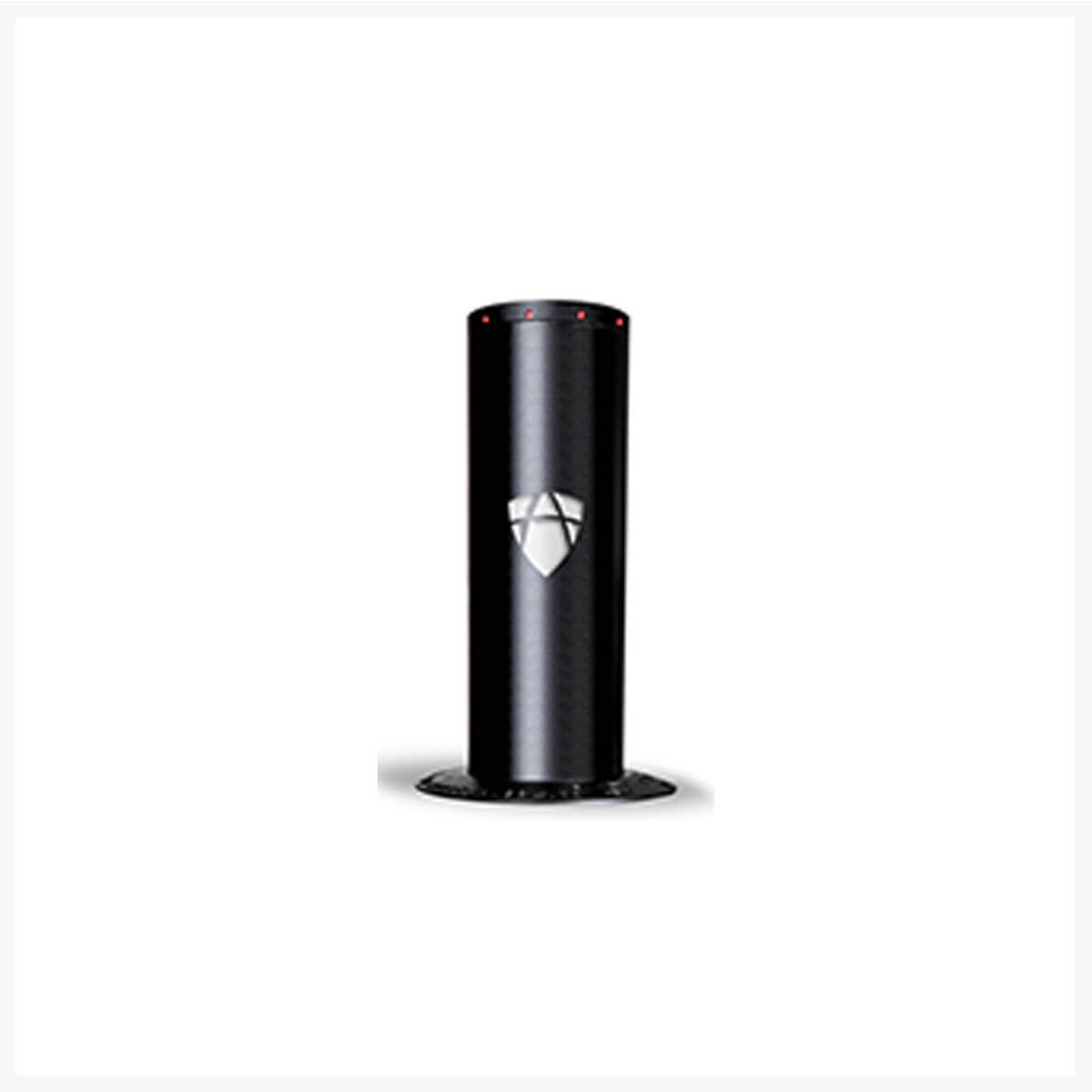
Bollard types by operation
Fixed Bollards
Fixed bollards are the most common type of bollards, they are permanent fixtures and provide strength and deterrence. They are built in steel and filled with concrete. Even though they provide better deterrence, they are not ideal for places like parking lots and garages where there might be a need for free passage at times.
Products: FAAC J275 F Bollard, FAAC J200 F Bollard


Removable/Retractable Bollards
Removable are temporarily installed to block off designated areas. They can be installed and removed whenever needed. Locking pins or sockets secure the bollards in place, but they can be removed for vehicle clearance.
Semi-automatic Bollards
Semi-automatic bollards are especially used at malls and parking lots where the areas need blocking for a certain amount of time in a day. They are also used in areas where less number of vehicles traverse. Semi-automatic bollards rise when a mechanical key unlocks the restraint, resulting in automatic bollard rise. When the bollard is completely down it is locked in the position automatically.
Products: FAAC J275 SA Bollard

Automatic Bollards
Automatically rising bollards rise and retract in and out of the ground-based on their control device. Most of these bollards use a hydraulic or electronic motor to raise or lower. They’re an efficient, versatile way to control traffic without any human interference.
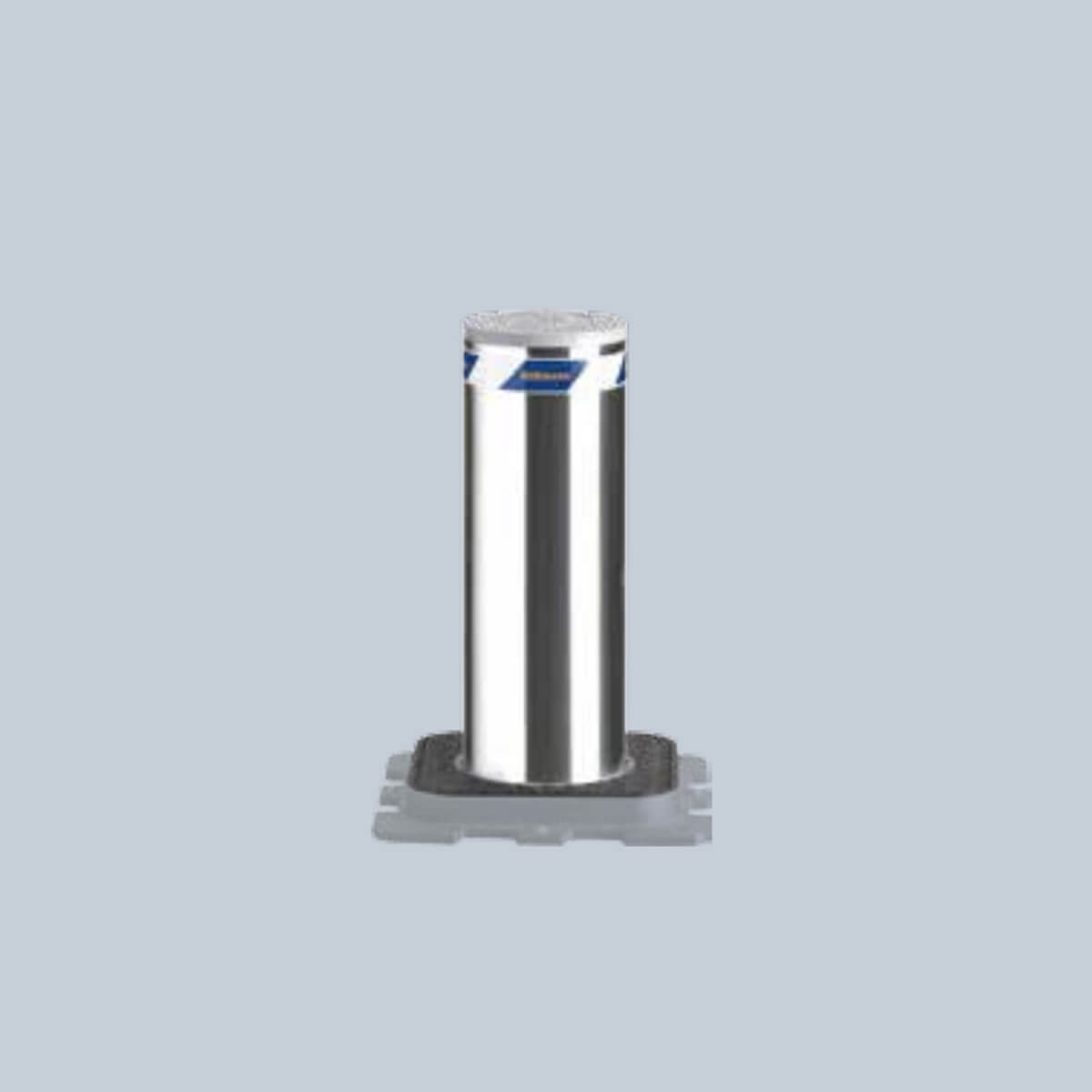
Materials Used for Making Bollards

It is important to understand the materials used in manufacturing bollards when you decide to buy it for your facility, it also needs to meet the type of application. That way it can meet your requirements the best.
Concrete Bollards: They are usually installed as aesthetic bollards and are not usually suitable for higher security applications. This is because concrete can be dangerous when struck with a powerful impact, causing debris.
Metal Bollards: Made of a variety of metals like aluminium, stainless steel, ductile iron and structural grade steel, metal bollards range from aesthetic installations to high-security bollards. Structural grade steel bollards provide outstanding impact resistance.
Other Materials: Another most common materials used to build bollards is polyurethane, and are both flexible and durable and help in slowing down passing vehicles or just to streamline traffic.
Let Stebilex Systems help you
Choosing the correct bollards for your facility might be tricky, which is why you might need some help. You can reach out to our product specialists at any time to find the best fit for your projects. That way it can meet your requirements the best. Talk to one of our experts today!
Do you need help with your Access Control or Biometrics projects?
Let experts at Stebilex help you today.

